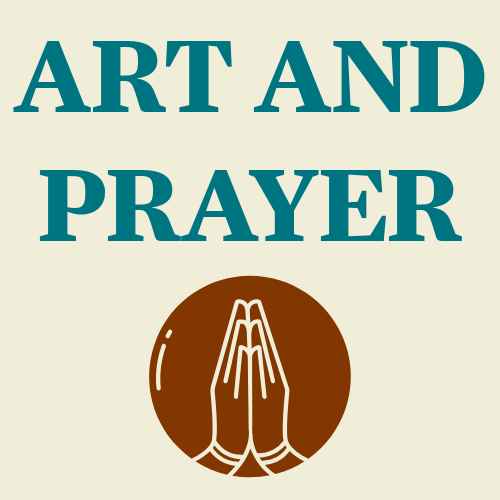Praying with Bruegel the Elder's "The Parable of the Blind"
What does it mean to truly see with the eyes of faith? This contemplative session blends scripture, stillness, and Bruegel’s haunting Parable of the Blind to awaken spiritual insight. Step into sacred silence—and discover where God might be guiding your gaze.
Matthew 15:12-14
In this episode of Art and Prayer, we explore the practice of contemplative prayer—an open-hearted time of silence and stillness in which we place ourselves before God, not to ask or explain, but simply to be present. Teresa of Avila once described this kind of prayer as “a gaze of faith” fixed on Christ, like sitting quietly with a trusted friend. It is a receptive form of prayer, allowing the Spirit to move freely, often deepening our sense of connection with the Divine.
As always, our time together begins with scripture—not for study or information, but as a way to center ourselves and listen for what God might be saying to us personally in this moment. We are invited to be attentive to the words or images that seem to shimmer, that ask us to linger. Our passage today comes from the Gospel of Matthew, and we approach it not with the goal of analysis, but with openness: What speaks to you? What draws your attention?
This passage then guides us into a visual meditation. Today’s painting is The Parable of the Blind by Pieter Bruegel the Elder. In it, six blind men walk together down a slope, one already fallen into a pond, the others on the verge. It’s a powerful visual metaphor for the spiritual condition Jesus warned of—those who follow without discernment, who cannot or will not see. And yet in the background, almost easy to miss, rises a church steeple. The contrast is stark: the tumbling line of the blind and the steady upward reach of the steeple—reminding us of where we are meant to place our gaze.
We do not analyze the painting as art historians. Instead, we dwell with it. What emotions does it stir in you? What part of the painting echoes something from the scripture—or from your life? As we hold these questions in prayer, we begin a dialogue with God, who often speaks not in thunderclaps, but in quiet nudges.
We end our time not with a conclusion, but with an invitation: to carry forward whatever you’ve seen or heard, to listen for how God may be calling you to respond, and to trust that the light of Christ still shines, even when our vision falters.





